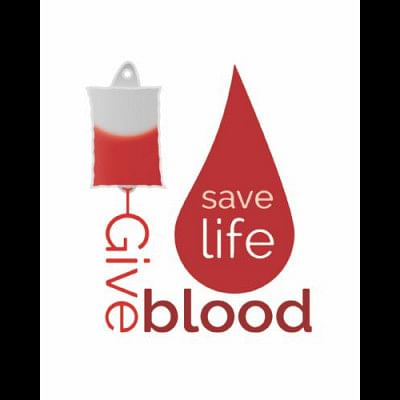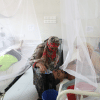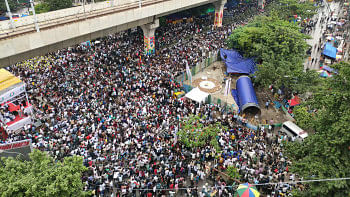Donate blood, donate life

Blood donation has been a major concern of societies, and continues to be so, as blood donors are still scarce, compared to the regular demand for blood transfusions. Every day, all around the globe, many lose their lives due to lack of or delayed blood transfusion.
The whole procedure of donating blood is a monumental task as the whole procedure is accompanied by various rules and steps.
Finding a donor: The first, and often, the most daunting task, is to find someone who is willing to donate blood. And this person must be at least 16 or 17 years of age to be able to legally donate blood.
Required blood group: Blood groups like B positive are common, and so, finding a donor is often not a problem. However, groups like O negative are much less common, meaning finding a donor is very challenging.
Screening: Donors are screened for health risks that could make the donation unsafe for the recipient. The screening includes testing for diseases that can be transmitted by a blood transfusion, including HIV and viral hepatitis. The donor must also answer questions about medical history and take a short physical examination to make sure the donation is not hazardous to his or her health.
Obtaining the blood: There are two primary methods of obtaining blood from a donor. The most frequent is to simply take the blood from a vein as whole blood. This blood is typically separated into parts, usually red blood cells and plasma, since most recipients need only a specific component for transfusions. A typical donation is 450 millilitres of whole blood, though 500 millilitre donations are also common. The other method is to draw blood from the donor, separate it using a centrifuge or a filter, store the desired part, and return the rest to the donor. This process is called apheresis, and it is often done with a machine specifically designed for this purpose. This process is especially common for plasma and platelets.
Donors are usually kept around the donation site for around 15 minutes after donating as most adverse reactions usually happen during or immediately after the donation. Blood centres typically provide light refreshments to help the donor recover. The needle site is covered with a bandaid and the donor is directed to keep the bandage on for several hours.
Different countries all around the world are acquiring different methods to create national platforms where blood donation can take place. Many have taken initiatives and created Facebook pages where people can register to donate blood. These groups not only allow blood donation, but also create awareness and encourage people to carry out this noble act.
One such group operating in Bangladesh is Blood Helpline. The administrators of this group post where and when a blood transfusion is needed, along with the contact details of the person who needs it. Most of the members of this group are the youth, mainly consisting of university students.
Akash Ahmed, a teaching assistant and researcher at Department of Life Sciences at BRAC University, is a regular blood donor. He donates blood at blood donation programmes held at different hospitals. "If a single bag of blood can save a life, why would I not do it? As a biologist I know that after 4 months, the blood in my body will be replaced by new blood cells. So, why not help others who need my blood?' says Akash.
A single bag of blood can make the difference between life or death. So, everyone who is medically fit should donate blood at least once in his or her lifetime.
Photo: Collected

 For all latest news, follow The Daily Star's Google News channel.
For all latest news, follow The Daily Star's Google News channel. 






Comments